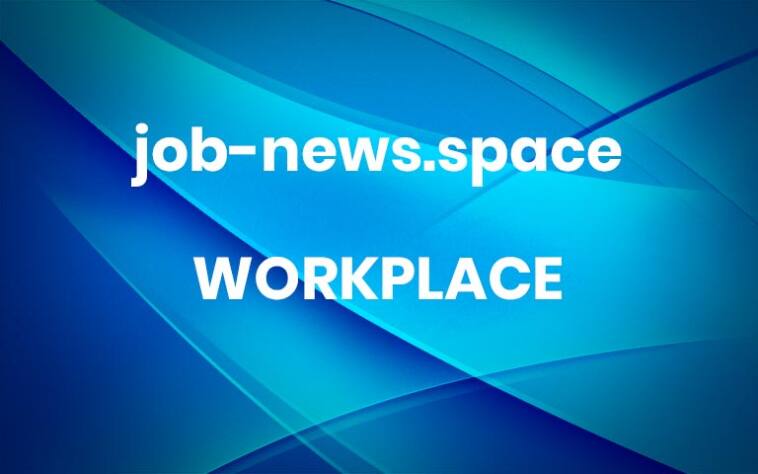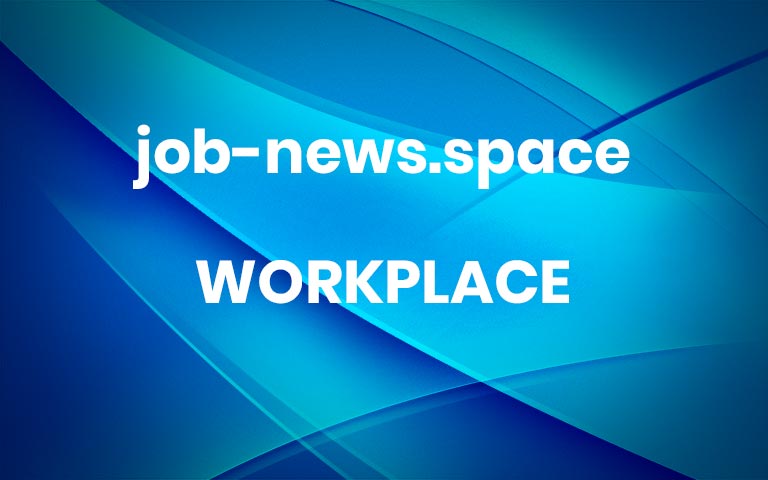How Generative AI Can Transform Workplace Diversity
The intersection of technology and workplace diversity has reached a pivotal moment with the release of a new report, “Leverage GAI to Diversify Talent” from talent services firm Seramount. This research sheds light on how generative AI (GAI) shows the potential to revolutionize recruiting and hiring practices for historically excluded talent.
The report highlights GAI’s capabilities in reducing biases, broadening talent pools and ensuring fairer applicant screening processes—a trifecta that could redefine modern hiring practices.
Unlock the Potential of GAI in Hiring
Meredith McNeill, a senior director of research at Seramount, underscores the opportunity GAI presents. “Our interviews with chief diversity officers, DEI teams, chief human resource officers, and technology experts show that GAI holds enormous potential to help in-house experts promote DEI best practices and have more influence on hiring outcomes for historically excluded talent,” McNeill states.
Through dozens of interviews and secondary research, McNeill identifies three key areas where GAI can significantly impact diversity efforts.
Reduce Bias in Job Descriptions
One persistent challenge in hiring is subtle bias in job descriptions. Often, DEI teams are tasked with the labor-intensive process of reviewing hundreds of job postings to identify and remove exclusionary language. GAI can automate this process, editing job descriptions at scale to eliminate biased or gendered language. This ensures that companies retain potential candidates from diverse backgrounds.
By streamlining this task, GAI not only saves time but also ensures that job descriptions align with inclusive best practices. The proactive approach helps attract a broader range of candidates, setting the stage for more equitable hiring outcomes.
Expand Candidate Sourcing
Traditional candidate sourcing methods often fail to engage underrepresented groups effectively. GAI addresses this issue by generating personalized messages tailored to specific audiences. These messages can incorporate nuanced cultural tones and styles, making them more appealing to diverse candidates.
Moreover, GAI’s ability to create multiple personalized messages at scale enhances its effectiveness in reaching and engaging individuals from various backgrounds. This innovative approach empowers companies to connect with a broader array of potential employees, fostering a more representative talent pipeline.
Ensure Equitable Applicant Screening
The screening process is another critical stage where biases can unintentionally influence outcomes. GAI’s use of skills-based assessments offers a solution. By standardizing questions, formats, and evaluation criteria, GAI ensures a consistent and fair experience for all applicants.
Unlike traditional methods, which may rely on subjective judgments or cultural similarities between hiring managers and candidates, skills-based assessments objectively measure a candidate’s qualifications, reducing the likelihood of bias and helping level the playing field for historically excluded talent.
The Business Case for Inclusion
The push for more inclusive workplaces is not only a moral imperative but also a business advantage. Previous research from Seramount reveals that 78% of employees prioritize working in an environment that provides equal opportunities regardless of demographic characteristics. Companies that cultivate such inclusive cultures benefit from higher employee retention, improved productivity and greater engagement.
“A diverse workforce is proven to improve business outcomes, and it is what most employees want, but it is difficult to make positive changes at scale,” McNeill explains. “GAI can enable companies to increase representation, leveling the playing field for all without placing the onus on time-crunched talent teams.”
Look Ahead
As companies navigate an increasingly dynamic business environment, tools like GAI will play an essential role in reshaping hiring practices. GAI provides a powerful mechanism to drive meaningful change in workforce diversity by addressing bias, enhancing outreach efforts and standardizing evaluations.
Seramount helps foster inclusive workplaces through efforts to equip organizations with the tools and knowledge needed to embrace innovation while staying true to DEI principles. Generative AI represents a powerful tool for change, and its thoughtful implementation could signal a new era of equitable employment opportunities.
Share this post: More




